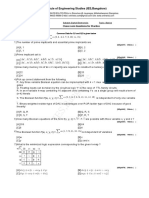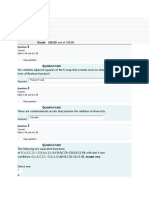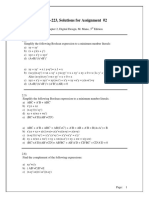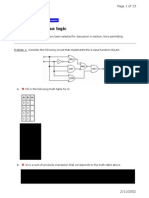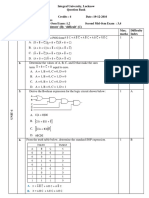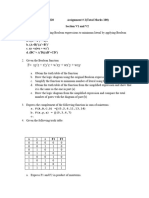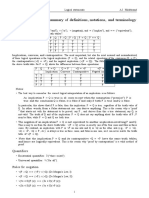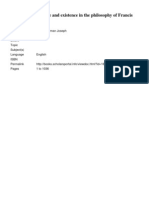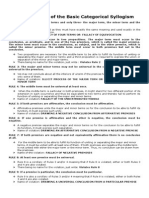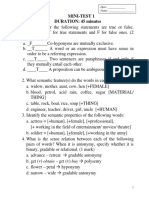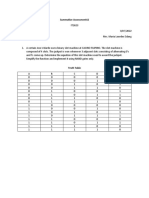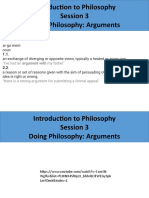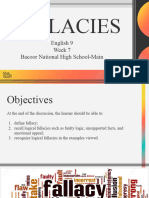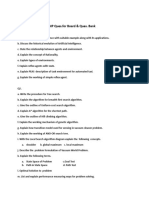0% found this document useful (0 votes)
76 views4 pagesLogic Functions and Minimization - 01
The document contains a series of questions and answers related to logic functions and minimization in Boolean algebra. It includes multiple-choice questions covering topics such as Karnaugh maps, Boolean expressions, and circuit design. Each question is followed by its corresponding answer, indicating the correct option for each query.
Uploaded by
Aftab AlamCopyright
© © All Rights Reserved
We take content rights seriously. If you suspect this is your content, claim it here.
Available Formats
Download as PDF, TXT or read online on Scribd
0% found this document useful (0 votes)
76 views4 pagesLogic Functions and Minimization - 01
The document contains a series of questions and answers related to logic functions and minimization in Boolean algebra. It includes multiple-choice questions covering topics such as Karnaugh maps, Boolean expressions, and circuit design. Each question is followed by its corresponding answer, indicating the correct option for each query.
Uploaded by
Aftab AlamCopyright
© © All Rights Reserved
We take content rights seriously. If you suspect this is your content, claim it here.
Available Formats
Download as PDF, TXT or read online on Scribd
/ 4









